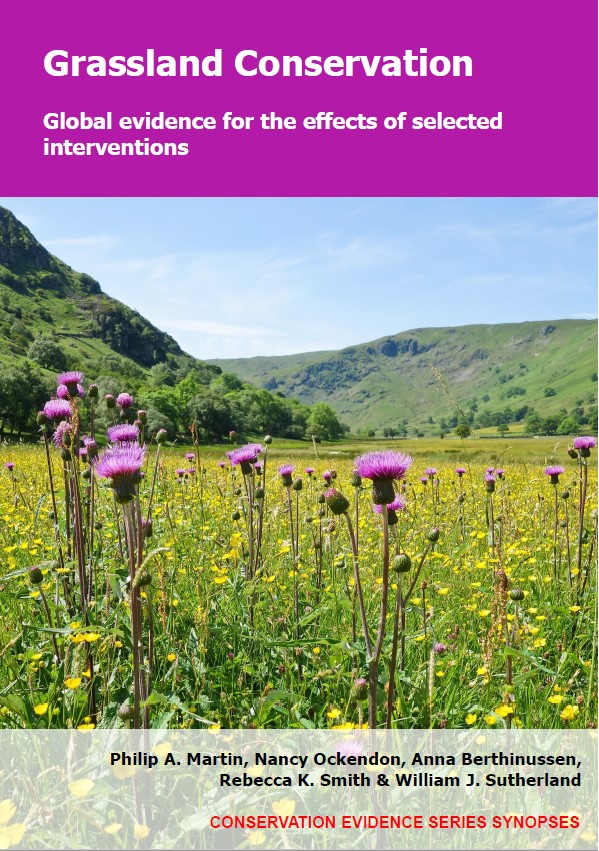Add charcoal to soil before seeding/planting
-
Overall effectiveness category Evidence not assessed
-
Number of studies: 1
View assessment score
Hide assessment score
How is the evidence assessed?
-
Effectiveness
not assessed -
Certainty
not assessed -
Harms
not assessed
Study locations
Supporting evidence from individual studies
A replicated, randomized, paired, controlled study in 2011 in a restored grassland in the Netherlands (Van de Voorde et al. 2014) found that addition of charcoal to soil before sowing seeds increased the cover of legumes, but did not alter the cover of grasses or other forbs or total plant biomass. Plots where charcoal was added to soil before sowing had higher cover of legumes (39%–41%) than those where no charcoal was added before sowing (14%). However, there was no significant effect of charcoal addition on cover of other forbs (charcoal: 86–90%; untreated: 93%), cover of grasses (charcoal: 6%; untreated: 8%), or total plant biomass (charcoal: 486–495 g/m2; untreated: 465 g/m2). In April 2011, six 4 x 4 m plots were treated with charcoal, produced from grass cuttings heated to either 400°C or 600°C, at a rate of 10 Mg/ha. Plots were paired with untreated plots. All plots were then rotovated and sown with a grassland seed mixture. In August 2011, vegetation cover was assessed in four 1 x 1 m quadrats/plot. In October 2011, vegetation was clipped in two 0.5 x 1 m quadrats/plot to determine plant biomass.
Study and other actions tested
Where has this evidence come from?
List of journals searched by synopsis
All the journals searched for all synopses
This Action forms part of the Action Synopsis:
Grassland Conservation
Grassland Conservation - Published 2021
Grassland Synopsis





)_2023.JPG)














